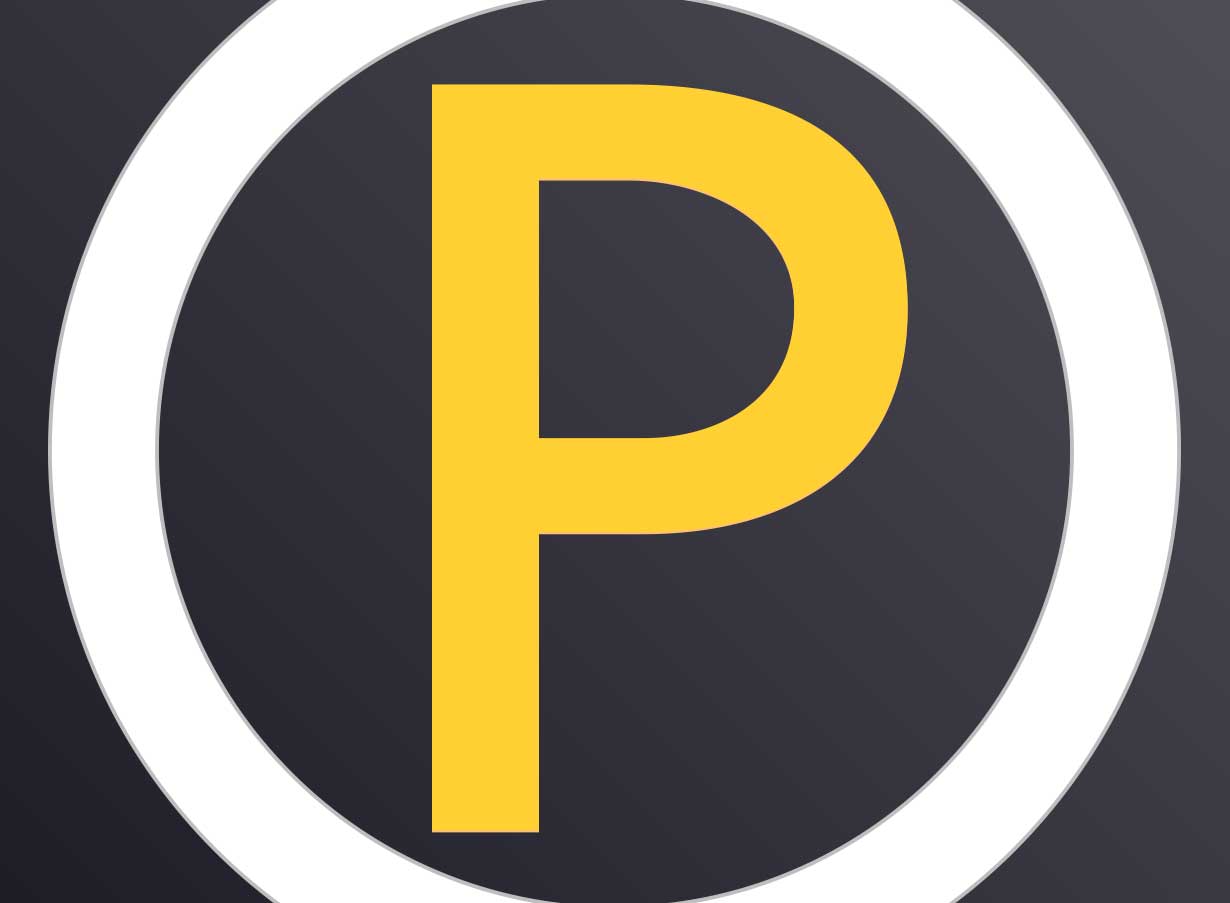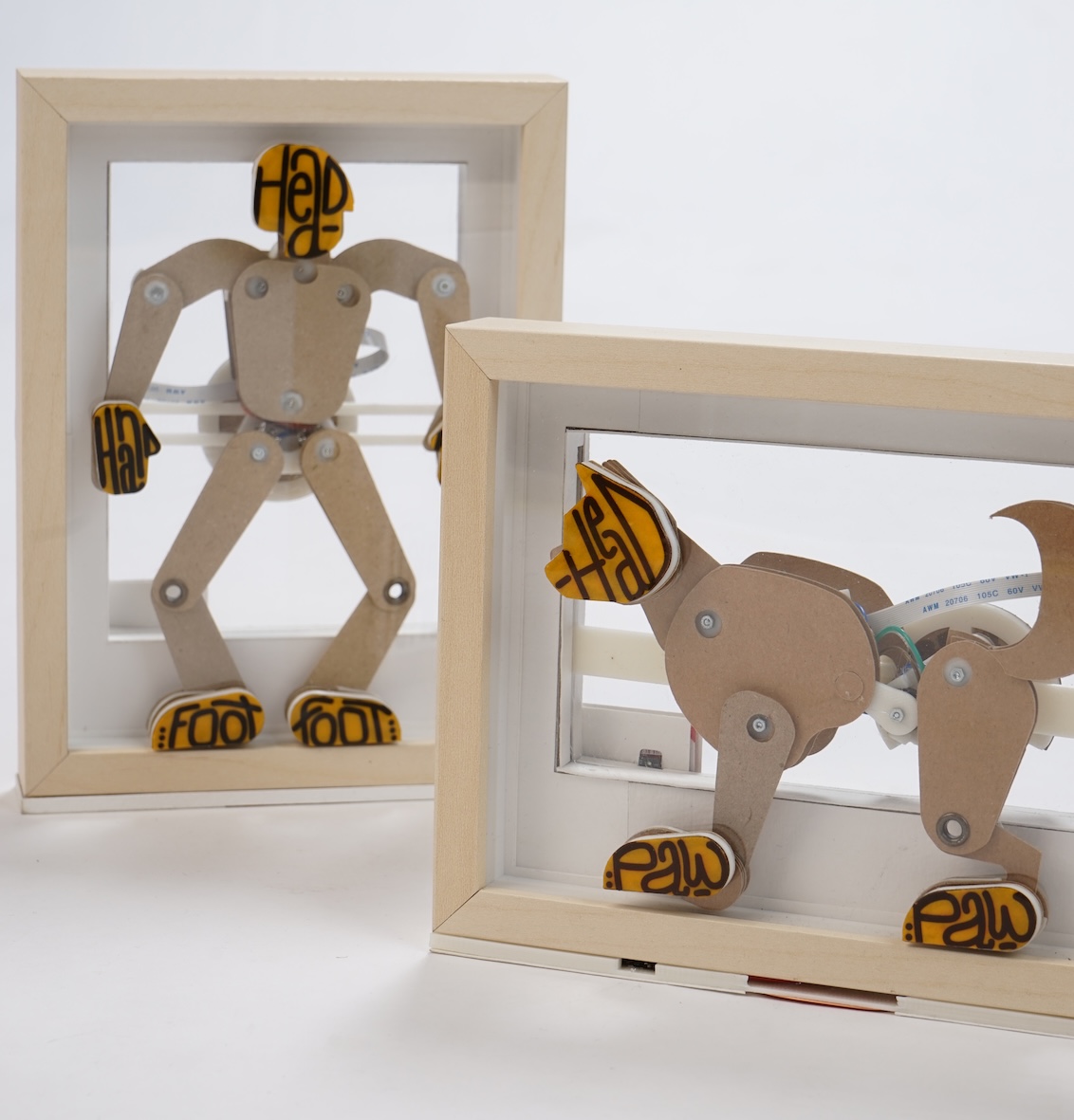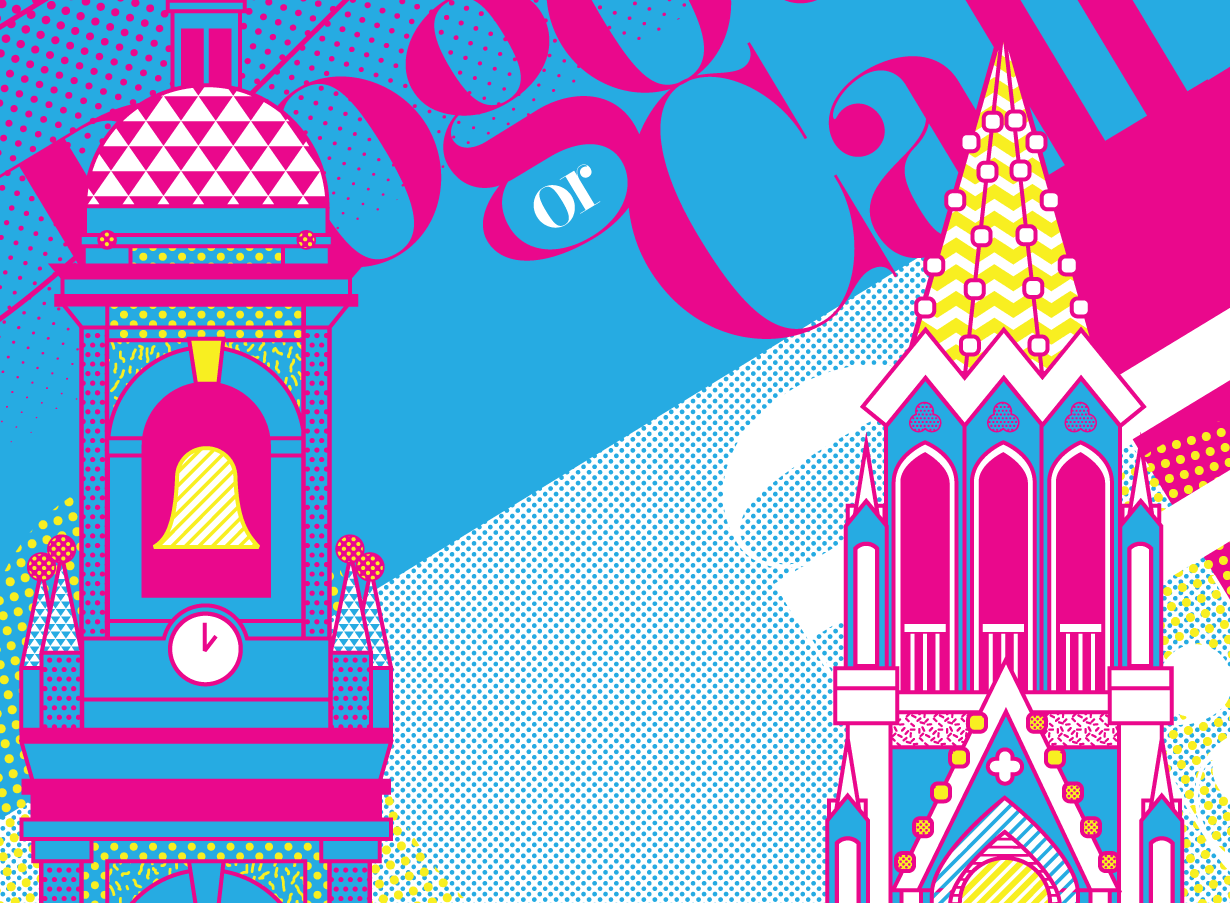Academic Work
Type & click enter
Categories
- Cadena S.A
- Kimberly-Clark
- Celsia S.A
- Metro de Medellín
- Centro Comercial El Tesoro
- Neighborhood Family Practice:
- Centro Comercial Oviedo
- Photography
- Chevignon
- Proexport
- Protección S.A
- Coca-Cola
- Taller de Edición
- Conconcreto
- Universidad EAFIT
- Contreebute
- Video
- Digital and Web
- Wayfinding
- Alcaldía de Envigado
- Editorial
- Xerox
- Alcaldía de Medellín
- Fantasy-Distrihogar
- Asterisco
- All Clients
- Grupo Éxito
- Student Work
- All Projects
- Grupo Mundial
- Travel Photography
- Avianca
- Grupo Nacional de Chocolates
- Personal Projects
- Branding
- Illustration
- Academic Work
123, A Deconstruction-based Framework

What’s Real? Investigating Multimodality

Compass Transit Card Concept

Voice Activated Parking App

Publications and Presentations
ICIDS2024: Exploring Collaborative Storytelling ThroughPerformative Avatars inSearching for Us:A Tangible Pervasive Narrative (2024)
“Searching for Us” is a tangible pervasive narrative exploring collaborative storytelling with marionette avatars. Pairs navigate urban spaces as a lost dog and owner. The system dynamically adapts the story using real-time data and user actions. Its tech combines physical props, gesture recognition, and a responsive system. The narrative balances structure and user agency, personalized by the physical context. Emphasizing embodied presence and shared storytelling through physical-digital integration, it contributes to interactive storytelling using tangible interfaces and mixed reality.
EITS'22: The Non-myth of The Noble Red (2022)
The Non-myth of the Noble Red conceptually expands upon the theoretical and design learnings reported in the research and design of Letters to José. The main conflict in the original myth—the eventual encounter between the maiden, the hero, and the villain—is positioned at the centre of The Non-myth, not as the narrative’s opening point but rather as its middle. The progression through the plot of The Non-myth depends on the choices made by the users.
Dear Design Journal: A Visual Journey and a Reflective Account of a Practice-led Doctoral Research (IASDR2021)
A pictorial about design journaling as a critical documentation method for doctoral practice-led research. It presents various tools and methods that support the researcher’s reflexivity, illustrated in the author’s analysis of his journaling work. It concludes on the importance of journaling to identify new insights and generate theory based on capturing the researcher’s reflection.
Designing Physical Artifacts for Tangible Narratives: Lessons Learned from Letters to José (Presented at TEI 2021)
Digital tangible interfaces have long presented interactive stories. Research often highlights interface novelty over tangible interfaces as a storytelling language. This pictorial reflects on the design of “Letters to José,” a tangible narrative from a three-year research project. Situated between tangible interaction and interactive storytelling, it examines the relationships between artifacts, body, and space in supporting narrative. The outcome is an annotated visual typology of storytelling artifacts within tangible narrative, serving as a design category and toolbox.
ICIDS2020: Letters to José: A Design Case for Building Tangible Interactive Narratives (Bournemouth, UK - Remote)
This paper presents “Letters to José,” a design case study in tangible storytelling. Through research through design, the project identifies key design aspects and considerations for authoring tangible narratives and their interactive experiences. The process and findings highlight a critical design category: artefacts for storytelling, discussing their characteristics and roles in interactive narratives and addressing the complex design challenges involved.
4th Bremen Conference on Multimodality 2019 - Hear, See, Do: Empirical Insights of Interactive Storytelling and Metamodality
This paper presents a qualitative study that sought to approach multimodality, not as a way to understand how meaning is made but to understand how different semiotic forms can drive the comprehension of interactive storytelling. This consideration was the ground to observe the unique experiences of interacting with Letters to José – a physical/digital hybrid interactive story. This interactive story represents a series of narrative events through paper-based mechanisms that trigger different visual and auditory media as a transmedial experience.
9th PhD Colloquium on Design Research - An Empirical Exploration of Agency, Engagement, and Transportation (Guangzhou, China)
This clip explores a model for interactive narratives centred on physical manipulation, integrating multimodality and tangible interaction. Using Research through Design aims to build knowledge and theory through iterative design, suggesting considerations for the design of interactive narratives, particularly through the lens of multimodality to foster its examination in design, interaction, and narrativity.
British HCI 2018 - Transactive Episodes: Exploring Interaction, Memory and Narrative (Belfast, UK)
This practice-based doctoral research investigates various methods of human-computer tangible interactions and their relationships with interactive storytelling, which will lead to the construction of an interactive narrative model over a research-through-design process. The design process aims to inform designers and makers of novel ways of converting people’s memories into playable stories that are accessible and engaging to general audiences. The outcome can also contribute to the discussion of the role of interactive technologies as a mediator between personal episodic memories and public collective memories.
ACTC2017 - Crafting Digital Strategies: Empathy, Technology and Design Education (Kobe, Japan)
This paper examines student work from design courses at Zayed University in Dubai, where empathetic design guided the creation of technology-based solutions like apps and gadgets. Projects were categorized by their approach to empathy: through game mechanics, business models, or digital companions, based on two years of student submissions. The presented work demonstrates that project-based learning and empathetic design enable students to develop complex, user-centered strategies. The paper discusses these outcomes and the implications of students becoming technology creators rather than just consumers.
ISA2016 - An Ambidextrous World: A Hand-Centric Design Grid (Santiago de Chile, Chile)
This presentation offers a design perspective on the human hand’s evolutionary significance and its impact on HCI over the last 50 years. It introduces a hand-centric grid, proportionally based on anthropometric and morphological hand studies. This grid, part of ongoing tangible user interface and collaborative environment research, was presented at ISA2016 on November 3rd, 2016.
11th DesignEd Asia Conference - Designing By Heritage: Visual Narratives From Emirati Design Students (Hong Kong)
Dubai has rapidly transformed into a global hub, making local heritage preservation vital for Emirati society and government. This is reflected in Zayed University’s curriculum, where Design students, including those in the Graphic Design 1 course (spanning Graphic Design, Visual Arts, and Multimedia programs), explore their heritage through visual narratives. This paper will analyze this approach from the Graphic Design 1 perspective, cataloging emerging patterns.
LearnxDesign 2015 - Deconstruction as a structured ideation tool for Designers (Chicago, US)
One structured method that has found a place inside classrooms across the world is the Deconstructive discourse. This research follows its definition as a mode of questioning stereotypes, traditional ideas and popular views by comparing them and exploiting their visual and verbal signs for their meanings. This paper explores the use of Deconstruction as a structured ideation tool that correlates the effort to educate students on the rationality of a project.
ACTC2015 - An Immersive, Interactive and Augmented Classroom: A Proof-of-Concept (Kobe, Japan)
This research details an interface design exploring three levels of physical gestures (finger, hand, arm) to trigger user interactions. These gestures control interactions and enhance learning content, from accessing web information (Google, Wikipedia) to sharing documents and using virtual classroom tools (post-its, markers). Initial classroom demonstrations, outcomes, and interface design insights are presented.
ISEA2014 - Workshop: A is for Apple, B is for Balloon, D is for… Deconstruction (Dubai, UAE)
This workshop explored using Deconstructive discourse for design ideation. Structuralism links signifiers (words) to signifieds (meanings) through opposition (a “car” is not other things). Deconstruction challenges this direct link, arguing signifiers refer to other signifiers, not fixed meanings (e.g., “India” evokes “Taj Mahal,” “elephant”). Language is a network of linked signifiers. Deconstruction generates new meaning by forging new connections between them.
UCDA Design Education Summit 2014 - The Deconstructive Discourse As A Generative Thinking Tool (Madison, US)
Design now demands adaptability to evolving audiences, resource efficiency, and interdisciplinary skills.1 Structured brainstorming aids this better than free-form ideas. Deconstructive discourse offers a framework for analyzing complex issues, influencing design education, as seen in Cranbrook’s innovative approach. This research explores deconstruction as a creative method to challenge conventions and reinterpret meanings, linking design logic with imaginative rethinking.
DDEI Designing Design Education for India (2013) - Education in multi-disciplinary solutions of design projects (Pune, India)
Multidisciplinary interaction fosters design innovation (Design Council, 2010). This paper presents a 2011-2012 pilot project at Colegiatura Colombiana that fostered relationships between design students from diverse programs (beyond Graphic Design to include Advertising, Fashion, Spatial Design, Communication, and even Gastronomy). The paper documents this approach for institutions seeking to enable multidisciplinary design solutions.





